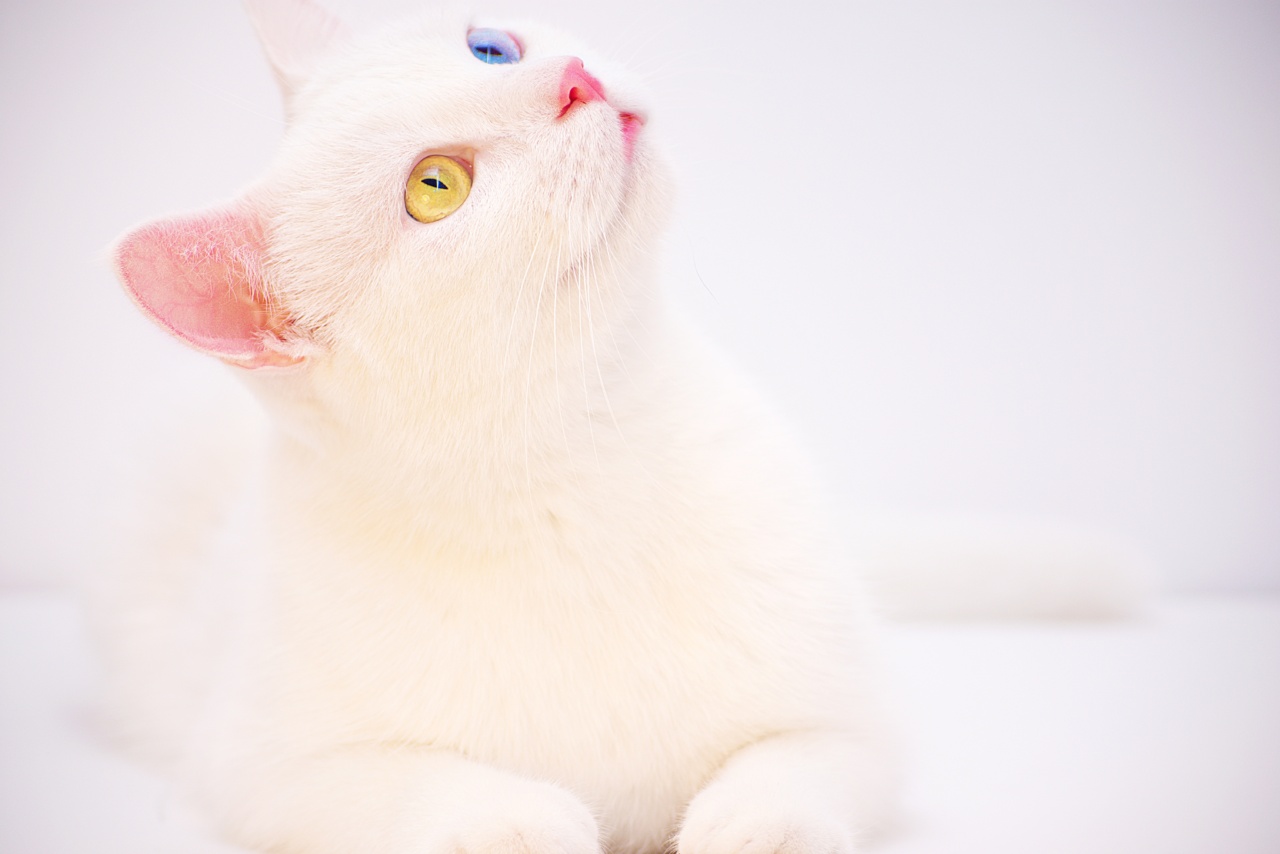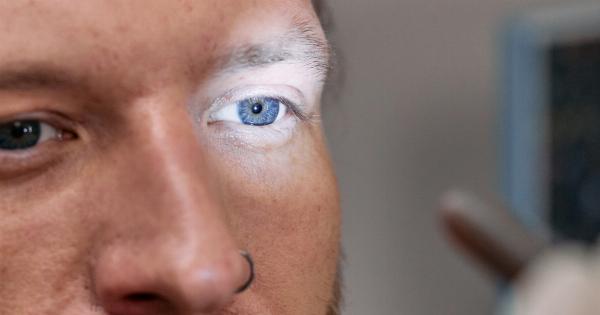White cats with blue eyes are often associated with deafness.
Many people believe that this is because of their coat coloring, but is there any truth to this claim? In this article, we will explore whether white cats with blue eyes are deaf and the reasons behind it.
What Causes Deafness in Cats?
Deafness in cats can be caused by genetics, injury, infection, medications, and aging. There are two types of genetic deafness in cats; one is due to a dominant gene and the other is due to a recessive gene.
Cats with the dominant gene for deafness will be affected with partial or complete deafness. The recessive gene for deafness will only be expressed when both parents carry the gene, making deafness more prevalent in purebred cats as they can have a limited gene pool.
Are White Cats with Blue Eyes Deaf?
White cats with blue eyes have a higher predisposition for deafness compared to other cats. This is because of their genetics. The gene responsible for white coat coloring also has a correlation with deafness.
Most blue-eyed white cats are born deaf in either one or both ears. However, not all white cats with blue eyes are deaf. It really depends on the genetics and breeding.
How common is deafness in white cats with blue eyes?
Deafness is much more common in white cats with blue eyes than in other cats. Studies show that around 40-65% of white cats with two blue eyes can be born deaf.
Meanwhile, white cats with one blue eye and one green or gold eye have a lower rate of deafness at 17%. Other cats, including those with different coat colors and eye colors, have a less than 3% chance of being born deaf.
Why are white cats with blue eyes prone to deafness?
The gene responsible for white coat coloring is usually associated with deafness. The gene disrupts the development of the ear’s auditory system, which then leads to deafness.
In white cats with blue eyes, the blue eye color is caused by a gene known as the ‘oculocutaneous albinism gene’. This gene also has a correlation with deafness. When the two genes are paired together, the cat becomes more prone to deafness, leading to the high incidence of deafness in white cats with blue eyes.
Is deafness the only issue associated with white cats with blue eyes?
Deafness is not the only issue associated with white cats with blue eyes. These cats are also at higher risk for skin cancer, sunburn, and other skin problems due to the lack of pigmentation in their skin and fur.
They may also be more prone to neurological and ocular abnormalities.
Testing for Deafness
If you own a white cat with blue eyes, it is important to test their hearing. You can perform a simple test called the ‘clap test’. Clap your hands loudly behind or to the side of the cat. If they respond, they have normal or partial hearing.
If they don’t, you should consult your veterinarian for further testing. There are also more precise hearing tests available, such as brainstem auditory evoked response (BAER) testing, which measures the electrical responses from the auditory system.
Prevention and Management of Deafness in Cats
There is no cure for genetic deafness in cats. However, you can manage their condition by making some adjustments in their daily life. You can use visual cues, such as hand signals, to communicate with them.
You can also keep them indoors to prevent them from being injured or getting lost. Regular vet check-ups are also recommended to monitor their overall health.
Conclusion
In summary, white cats with blue eyes are more prone to deafness than other cats.
This is because of their genetics, particularly the gene responsible for white coat coloring and the oculocutaneous albinism gene, which is responsible for their blue eyes. If you own a white cat with blue eyes, it is important to have their hearing tested and managed accordingly. With proper care and management, these cats can live healthy and happy lives despite their deafness.





















